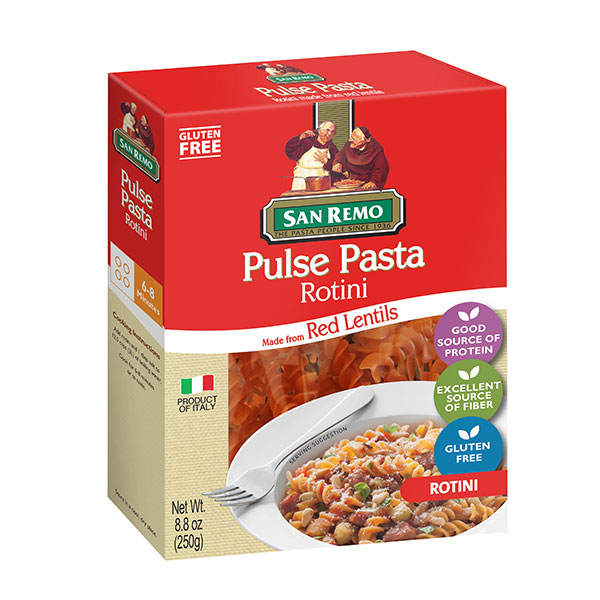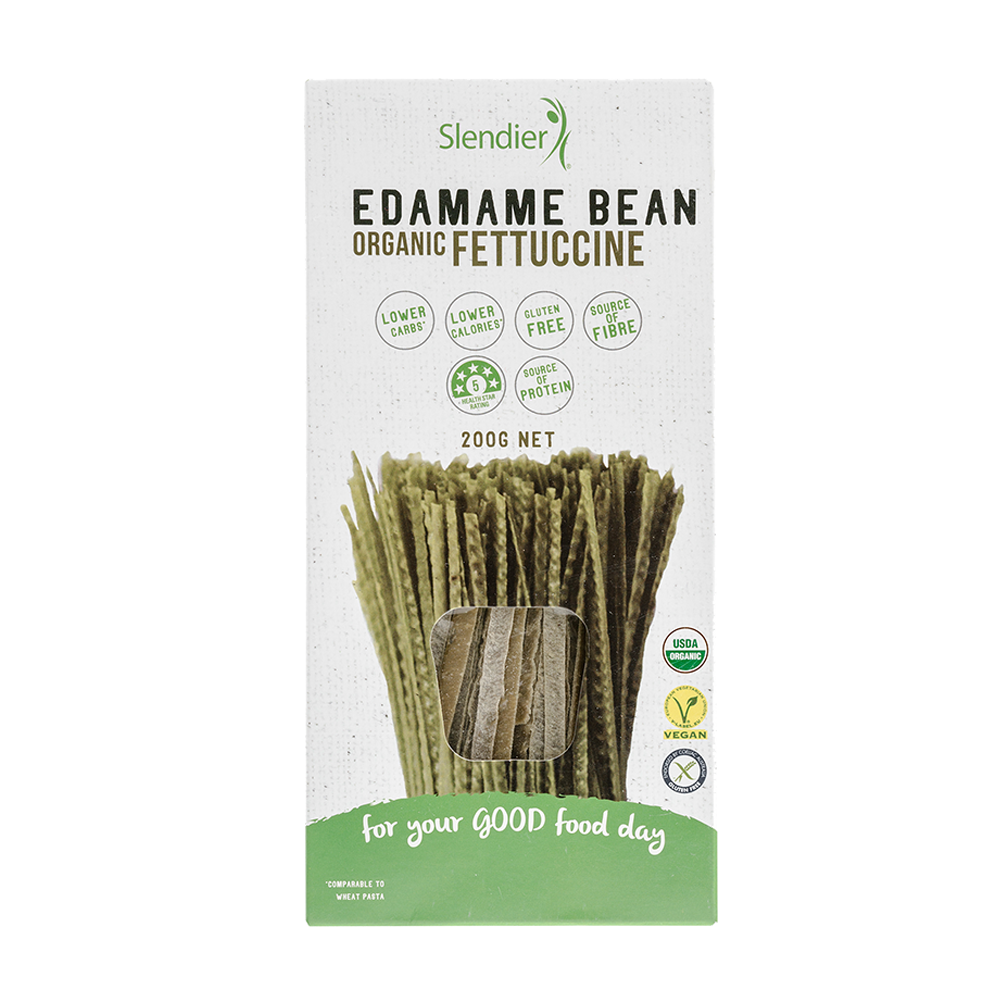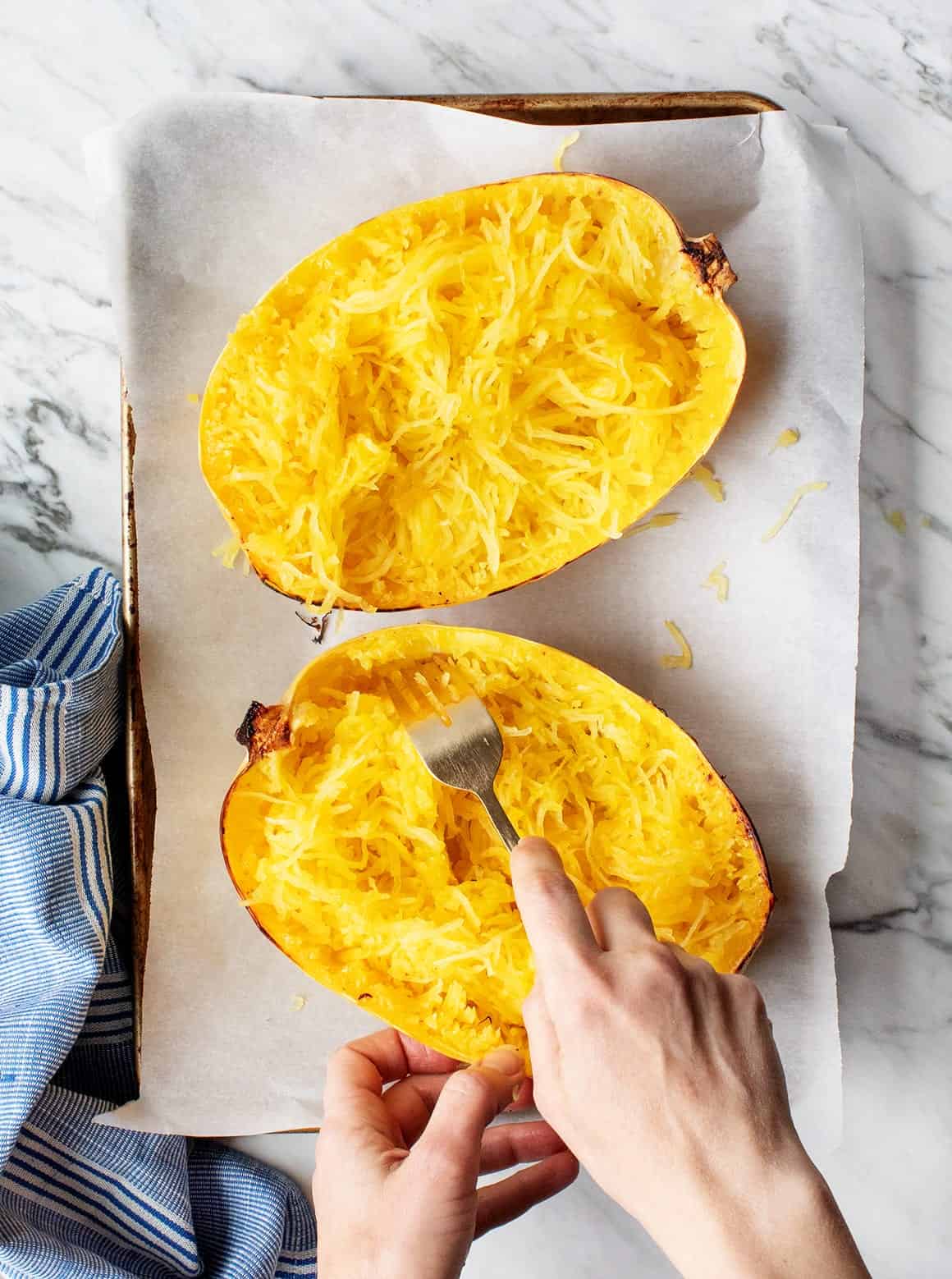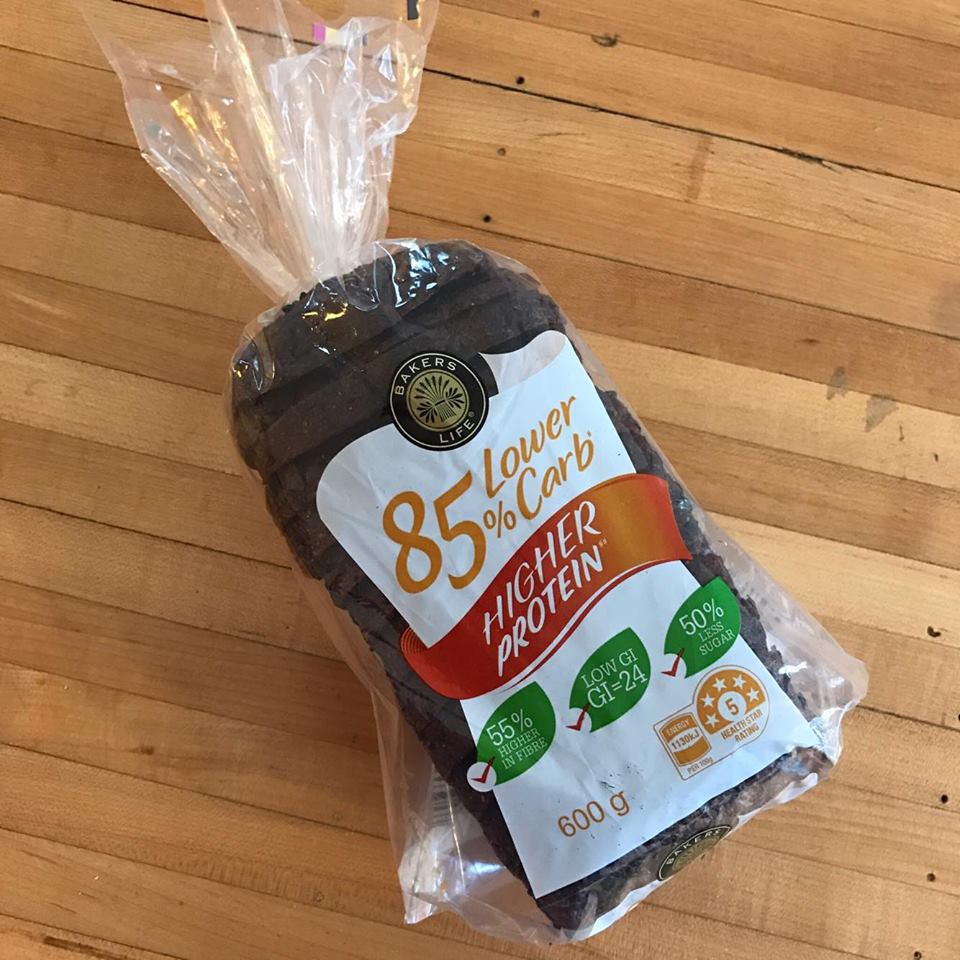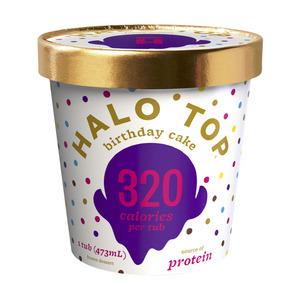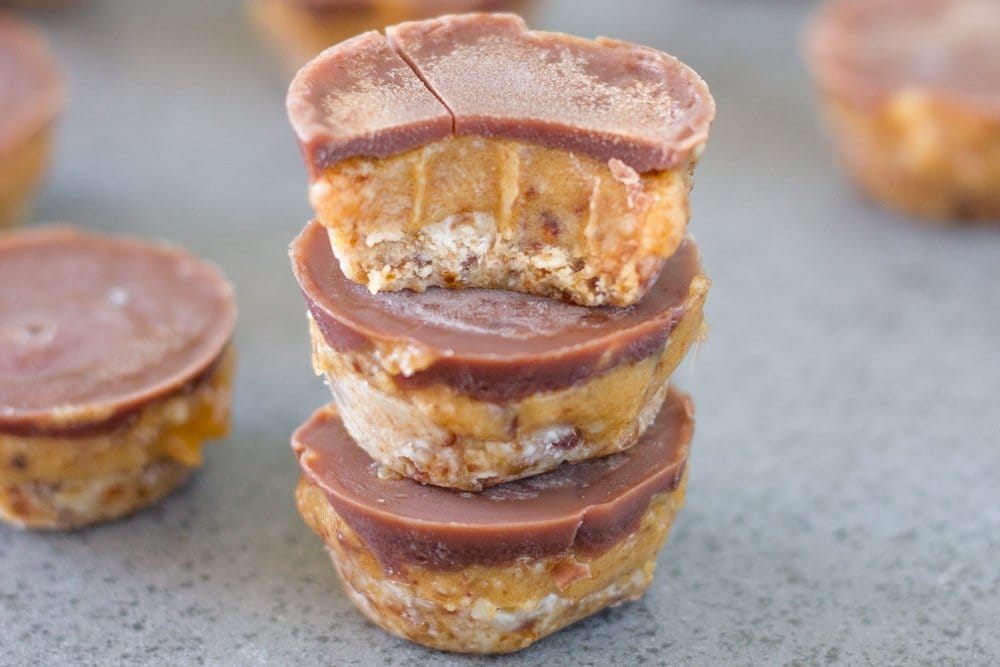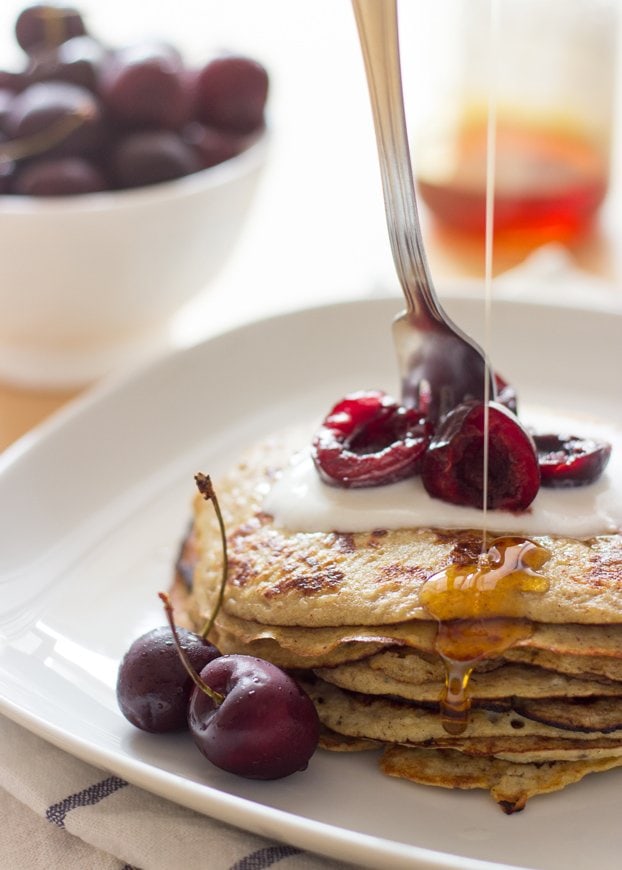“There’s no question kids are missing out on very critical social skills. It puts everybody in a nonverbal disabled context, where body language, facial expression, and even the smallest kinds of vocal reactions are rendered invisible.” – Dr. Catherine Steiner-Adair, a clinical psychologist.

Gen Z were the first generation to grow up amidst social media, with the first notable site, Six Degrees, being created in 1997. Rapidly, social media has proliferated out of control, gaining popularity across the well known sites we know today.
But what effects has this had on generations starting with Gen Z and that of which followed?
A popular documentary released on Netflix called ‘The Social Dilemma’ examines this and the damaging effect that this has had on children’s social skills. Teenagers in particular have been the primary focus and their ability to create new relationships.
“We’ve created a world in which online connection has become primary. Especially for younger generations. And yet, in that world, anytime two people connect, the only way it’s financed is through a sneaky third person whose paying to manipulate those two people. So we’ve created an entire global generation of people who were raised within a context with the very meaning of communication, the very meaning of culture, is manipulation.” – Jaron Lainer, founding father of Virtual Reality Computer Scientist

In America, a short survey was conducted to discuss this by The Teen Advisory Board (TAB), and they discovered:
– 75% of teens said social media negatively affected their romantic relationship
– 77% chose texting as one of the popular ways to start a relationship
– 82% said texting is one of the two ways to end a relationship.
As children engage in face-to-face communication, they are developing social skills through vocal and visual cues which brings context to the situation. These communication cues can be portrayed through eye contact, tone of voice, facial expressions and space between individuals (Knapp & Hall, 2010).
But if children are communicating solely through social media, they aren’t learning these non-verbal communication skills that are necessary to succeed in life.
It has become trendy across all social media platforms for Gen Z to joke about their social incompetencies with comments such as needing their parents to book doctor’s appointments for them because they’re afraid to talk over the phone, but to what extent is this going to affect how society will function in the future?

“We’re training and conditioning a whole new generation of people that when we are uncomfortable or lonely or uncertain or afraid, we have a digital pacifier for ourselves. That is kind of atrophying our own ability to deal with that.” – Tristan Harris, former design ethicist at Google and co-founder of Centre for Humane Technologies
Perhaps social media isn’t the future, but something that needs to be changed or consumed in extreme moderation.



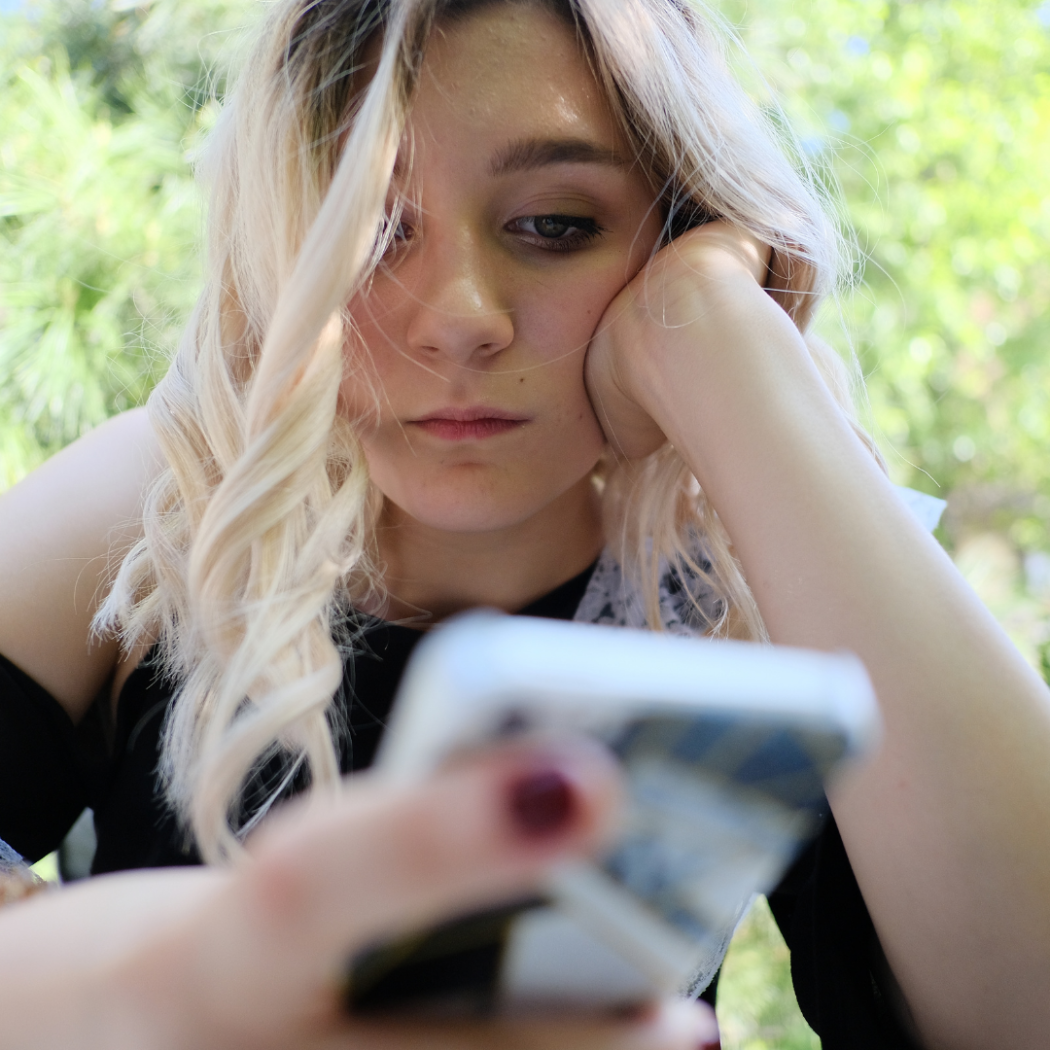













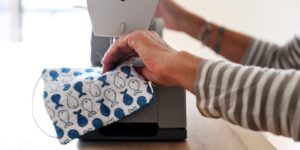
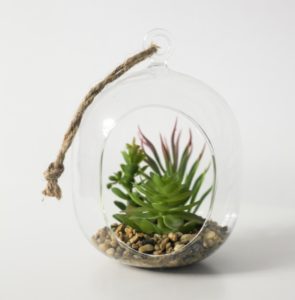


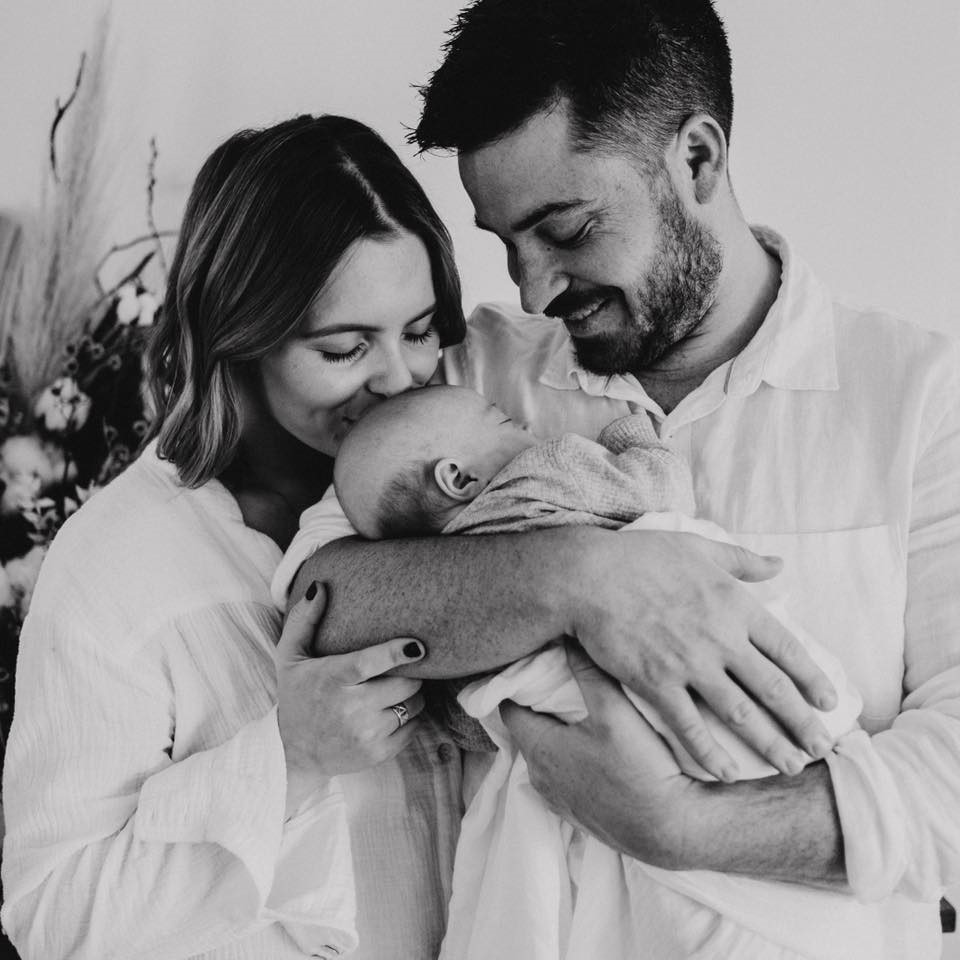
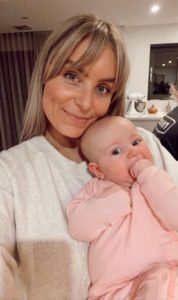




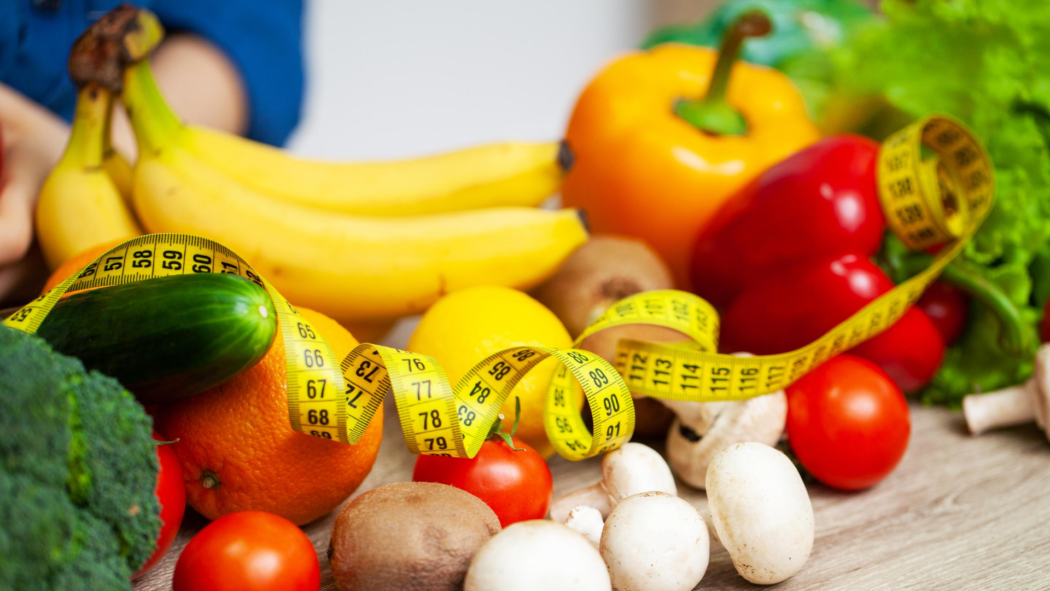
 After only two months in lockdown, I was horrified to jump on the scales to find I had gained 15kg.
After only two months in lockdown, I was horrified to jump on the scales to find I had gained 15kg.